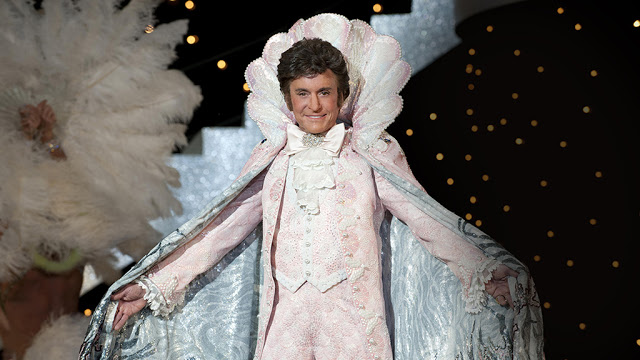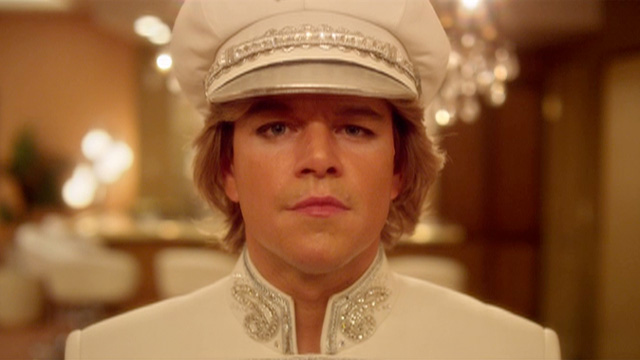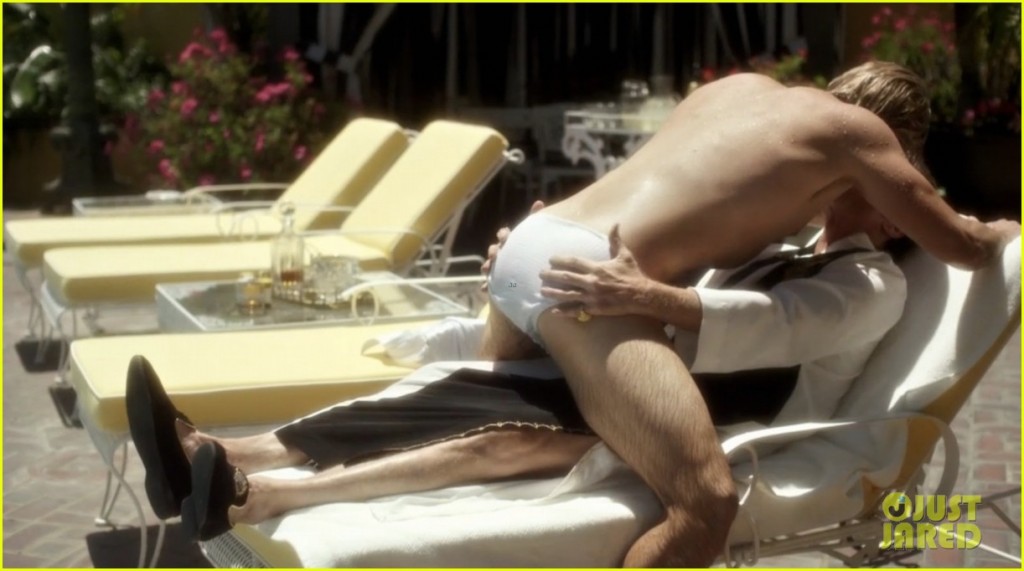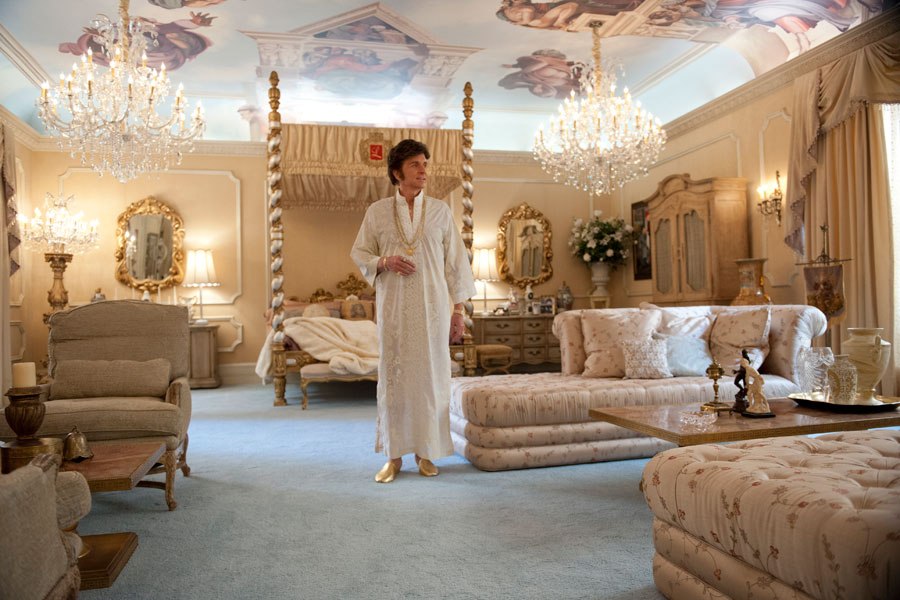INHALE is a cultural platform where artists are presented, where great projects are given credit and readers find inspiration. Think about Inhale as if it were a map: we can help you discover which are the must-see events all over the world, what is happening now in the artistic and cultural world as well as guide you through the latest designers’ products. Inhale interconnects domains that you are interested in, so that you will know all the events, places, galleries, studios that are a must-see. We have a 360 degree overview on art and culture and a passion to share.

„Too gay for Hollywood” that is what director Steven Soderbergh has stated several times as the reason why Behind the Candelabra couldn’t get backing for a theatrical release and was, in the end, financed by HBO. For those who saw the film, Soderbergh’s statement doesn’t make much sense and seems more like a marketing strategy. And for a marketing strategy, it is a modest statement: Behind the Candelabra isn’t too gay for Hollywood, but is, in a way, the gayest film ever made.
First of all, let’s define the terms. It’s gay, not homosexual. Gay comes with the double meaning: sexual orientation but also a mindset. And, from this semantic mixture, come the visible, mainstream manifestations of gay culture, for this is a gay film made for a straight public. In this sense, everything is gay in Behind the Candelabra, starting with the sets, costumes, glasses, wigs, jewelry, champagne and, of course, candelabra, down to the animated things – dogs, men and boys (waxed toyboys and houseboys dressed in ridiculously tight clothes, swimming in diamond laced trunks or showing off their white g-string marks). Palatial kitsch is the concept, as defined by Liberace himself (played by Michael Douglas), a concept best embodied by the golden slippers he wears. Palatial kitsch is opulence so opulent that it goes beyond judgments of good or bad taste and simply demands to be admired. The film must be seen as a classic Vegas show, a show that Soderbergh with his antecedents (the setting and the opulence of the cast in the Ocean’s series) controls very well.
Palatial kitsch is, at the same time, the core concept around which Soderbergh builds his film and the high standard set for the level of gay in the movie: but for the visual description of sex, where the film doesn`t go too far, everything else is taken to the extreme. The way the charcters act, dress and talk, their inner life and their outward appearance, are meant to illustrate, again and again, an universe so gay that it becomes irrelevant whether what happens is real or not. Therefore, it’s irrelevant whether Liberace really was a „fruity Dracula” as described in one American review (the film is not to be seen as a biopic) or whether the film is accurate concerning the socio-cultural representations of gay people, if Matt Damon’s character is a convincing gay or if he is simply a straight actor trying to be gay by using more or less known stereotypes, and by relying heavily on feminine posture and gestures. Also, those that expect a film supporting the gay community or a film that is serious and well-documented concerning the problems of sexual orientation will be disappointed.
This thematic-visual-stylistic concept is referenced in every aspect of the film, delivering on occasion some very remarkable feats of cinematic mastery. From the first shot, as the logo of the producer, HBO, is formed out of stroboscopic colored lines dancing to a disco beat, right up to the end credits, with the successive pictures of the toy pianos that accompany the hand-written names of the cast and crew. From the diegetic beginning of the film, a young man so obviously gay (Scott) being picked up by an equally gay man in a gay bar and later introduced to a third man which is the definition of gay, until Liberace’s tragic death from AIDS related complications, a disease initially connected with the sexual promiscuity within the gay community. Soderbergh even succeeds in using frame composition and camera angle to underline his concept as seen in one close-up of Scott, shot between the legs of the houseboy, who is just explaining to Scott his sexual toy status. In another scene Soderbergh really shows his skill when it comes to cinema, that is, telling a story with the help of images, framing and editing. Scott is talking to a friend about how Liberace wants him to undergo plastic surgery . „Won`t it be weird looking in the mirror and not recognizing myself?” we hear him say as the camera pans out showing Scott in his back yard along with his three expensive cars, telling us that Scott is no longer himself anyway, he is whatever his old rich lover wants him to be.
One must also take note of the great acting performances of the entire cast, and particulary those of the two leading men. Michael Douglas as Liberace, is such a successful combination of decrepitude, sexuality and devilishness that he manages to cause the audience a panick attack and mad laughter at the same time, as in the scene where we see him staring lewdly at his naked young lover, a wrinkled satyr, with false hair and false teeth next to an Adonis. Also, Rob Lowe delivers a brilliant performance as Jack Startz, the plastic surgeon, a merit he shares with Soderbergh who had the vision to model the character as if he were the result of a bad LSD trip.
Getting back to the point made at the beginning of this review, Behind the Candelabra must be seen as a classic Vegas show, a larger than life show where the fireworks and lights are more important than the artistic part, a show that looks as if directed by Mr. Showmanship himself if he would have had the courage to come out of the closet or, better said, from behind the candelabra.
Behind the Candelabra (2013, r. Steven Soderbergh)
by Andrei Șendrea.
http://www.liternet.ro/autor/3761/Andrei-Sendrea.html






























































